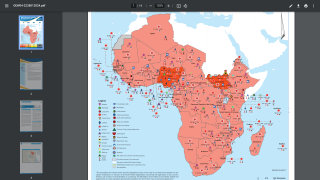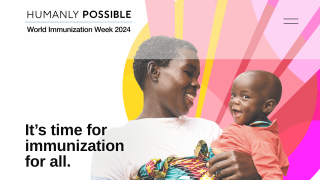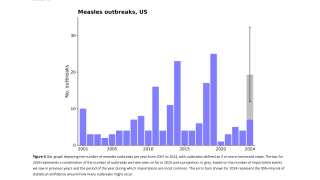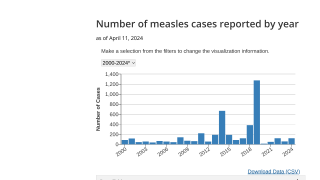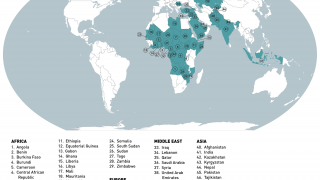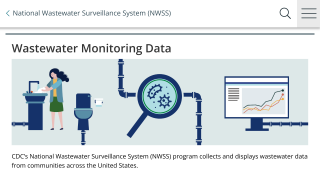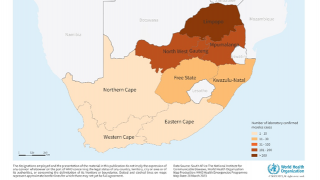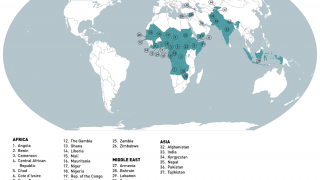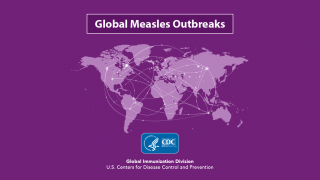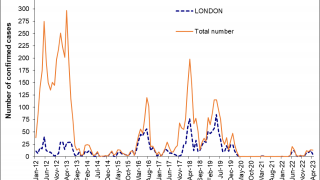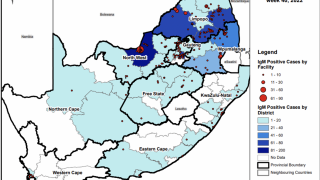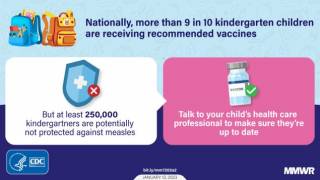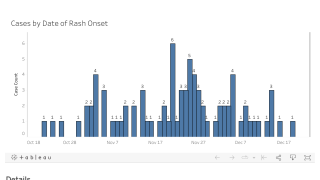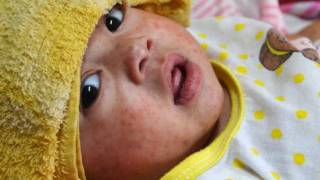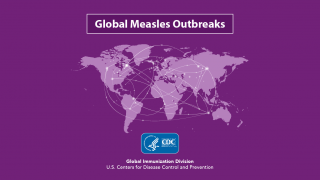Measles Vaccine Failure is Minuscule

The U.S. Centers for Disease Control and Prevention (CDC) recently published an early release (Volume 30, Number 9—September 2024) review of 14 studies in Emerging Infectious Diseases. These researchers wrote that despite the effectiveness of measles-containing vaccines, infection remains possible in immunized persons.
They confirmed measles in persons with secondary vaccination failure (SVF) may be less infectious than cases in unvaccinated persons.
All included studies reported a meager attack rate (0%–6.25%) and Reff (0.063 [95% CI 0.0–0.5]).
Published on August 9, 2024, these Australian researchers wrote, "Despite the effectiveness of measles-containing vaccines, infection remains possible in immunized persons," the authors said.
"This phenomenon has come to be known as vaccination failure."
"Our findings are in keeping with the results of Gastañaduy et al., who looked at the factors associated with measles transmission. Although they did not disaggregate Primary vaccination failure and SVF, they found a Reff of 0.17 for persons who had received one dose of a measles-containing vaccine and a Reff of 0.27 for those who received >2 doses of a measles-containing vaccine. That finding contrasted a Reff of 0.76 for unvaccinated persons."
All included studies also reported a very low attack rate (0% to 6.25%) for SVF cases.
These findings suggest that people with measles SVF have a very low risk of transmitting the disease. In measles outbreak situations, public health management of unvaccinated people could be prioritized over people with SVF, according to this review.
The measles virus is one of the most infectious pathogenic agents. Its basic reproduction number is 12–18, indicating that each infected person could infect 12–18 other susceptible persons.
Despite the number of deaths, measles vaccination has averted an estimated 57 million deaths in the 22 years since 2000. In 2022, measles caused an estimated 136,000 deaths globally and predominantly affected unvaccinated persons and undervaccinated children.
Because of effective measles (measles, mumps, rubella) vaccines and the absence of healthy carriers, 82 countries have achieved measles elimination through high immunization coverage.
On August 8, 2024, the CDC reported 211 measles cases in 27 jurisdictions in the United States. This is an increase from 2023 when there were 59 measles cases in 20 jurisdictions.
A probable reason for this infection rate increase is undervaccinated children.
KFF published data in July 2024 indicating nearly 75% of U.S. states had kindergarten MMR vaccination rates below the Healthy People 2030 target rate (95%) for the 2022-2023 school year.
In the U.S., measles vaccines are generally available at health clinics and pharmacies. However, the CDC does not recommend that everyone receive a third dose of the MMR vaccine during measles outbreaks.
Our Trust Standards: Medical Advisory Committee

